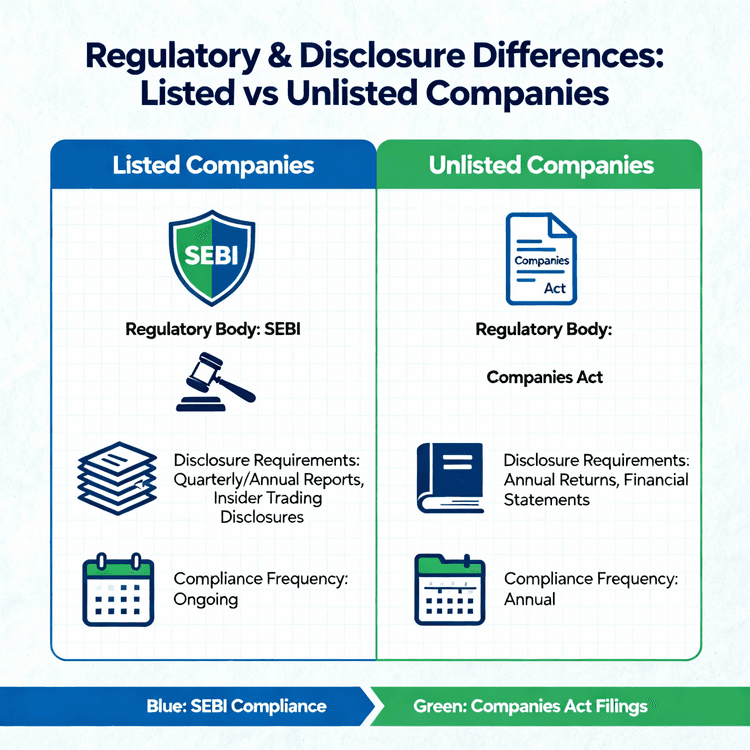The National Securities Depository Limited (NSDL) has played a pivotal role in transforming India’s capital markets since its establishment in 1996. By digitizing securities and eliminating the inefficiencies of paper-based share certificates, NSDL has streamlined the securities ecosystem. This article explores NSDL's business model with a focus on its revenue streams, operational mechanics, strategic growth drivers, and market positioning.
The Evolution of NSDL: From Paper to Digital Securities
Before NSDL, India’s securities market faced challenges like lost or forged certificates, delayed settlements, and ownership disputes. The Depositories Act of 1996 enabled NSDL to create a secure digital repository for securities, revolutionizing market infrastructure.
➢ Dematerialization: NSDL introduced demat accounts, allowing investors to hold securities electronically.
➢ Market Impact: This digitization reduced settlement time, improved transparency, and minimized risks, fostering greater investor confidence.
➢ Scale: Today, NSDL oversees over 3.5 crore demat accounts and manages trillions of rupees in assets across equities, bonds, mutual funds, and innovative products like electronic gold receipts.
The Core Function of NSDL: Infrastructure, Not Just Interface
Founded in 1996, NSDL was India’s first securities depository and was instrumental in replacing paper-based share certificates with secure, electronic dematerialized accounts. Today, it provides a range of services that support the capital markets at a systemic level:
➢ Securities Custody and Demat Services: NSDL facilitates the digital storage of various securities—equities, bonds, mutual funds, government securities, and more, through demat accounts. This eliminates risks of forgery, theft, and loss associated with physical certificates.
➢ Settlement and Clearing Infrastructure: As part of India’s post-trade market infrastructure, NSDL ensures that securities are transferred to the correct party following a transaction. It supports T+1 settlement and T+0 (same-day) settlement to improve market liquidity.
➢ Issuer and Investor Services: NSDL manages corporate actions such as dividend payouts, rights issues, and e-voting on behalf of companies. For investors, it provides real-time account access, transaction alerts, and tax-compliant recordkeeping.
➢ Regulatory Compliance and Recordkeeping: NSDL ensures seamless compliance with SEBI and RBI regulations through robust KYC, anti-money laundering systems, and audit trails, functioning as a digital backbone for the broader financial ecosystem.
➢ Asset Servicing: NSDL also plays a crucial role in asset servicing, handling processes like the distribution of dividends, interest payments, and other corporate benefits to investors. It ensures that the benefits of holding securities reach the rightful owners seamlessly.
➢ Maintaining Allotment and Transfer of Ownership Records: NSDL maintains comprehensive records of securities ownership, ensuring accurate and up-to-date ownership details for its clients. This is especially critical in the event of transfers, mergers, or changes in the shareholder structure of companies.
➢ Central Record Keeper of Shares: As the central record keeper, NSDL maintains all essential transaction and ownership records, ensuring transparency and a reliable system for the transfer and tracking of ownership. This ensures all share transactions are properly recorded and available for audit when necessary.
NSDL’s Consolidated Revenue Model Breakdown
NSDL’s revenue is primarily fee-based, with diverse streams ensuring stability and growth. Here's a detailed breakdown of its major revenue streams:
➢ Income from Banking Services (57%): NSDL Payments Bank Limited, a subsidiary of NSDL, generates income by offering banking services. This includes fees from processing payments, managing demand deposits, providing remittance services, and issuing debit or prepaid cards. Essentially, these services mirror the income a traditional bank earns from day-to-day transactions.
➢ Transaction Fees (25%): These fees are charged each time a trade or transfer of securities is processed. Whenever an investor buys or sells shares, transfers securities, or participates in corporate actions (like bonus or rights issues), NSDL applies a fee. With millions of transactions happening daily, this stream is a substantial source of revenue.
➢ Custody Fees (16%): Custody fees are similar to the cost of renting a safe to store valuable items. NSDL collects these fees for holding and safeguarding securities such as shares and bonds in electronic form. The fees are typically based on the total value of assets held in digital storage and make up a significant portion of NSDL’s income.
➢ Annual Fees (2%): NSDL charges companies and agents (Depository Participants or DPs) a fixed annual fee to maintain their accounts and records in the digital system. These fees are not tied to individual transactions but are paid regularly to keep the digital service operational. They also reflect any changes in regulations set by SEBI regarding custody or issuer charges.
➢ Registration Fees: When new companies or participants register with NSDL, a one-time registration fee is charged. This covers the cost of setting up new digital accounts and registering securities. The process is similar to opening a new bank account, including necessary checks and updates.
➢ Communication Fees: NSDL charges fees for communication services, which include sending account alerts, updates, and notifications about changes in accounts or corporate actions. While this represents a smaller portion of revenue compared to others, it still plays a role in keeping investors and agents informed.
NSDL's business model showcases a blend of technology, compliance, and customer-centric innovation that has reshaped India's securities market. Through its diversified revenue streams, operational efficiency, and strategic market position, NSDL has become a cornerstone of India's financial infrastructure.


